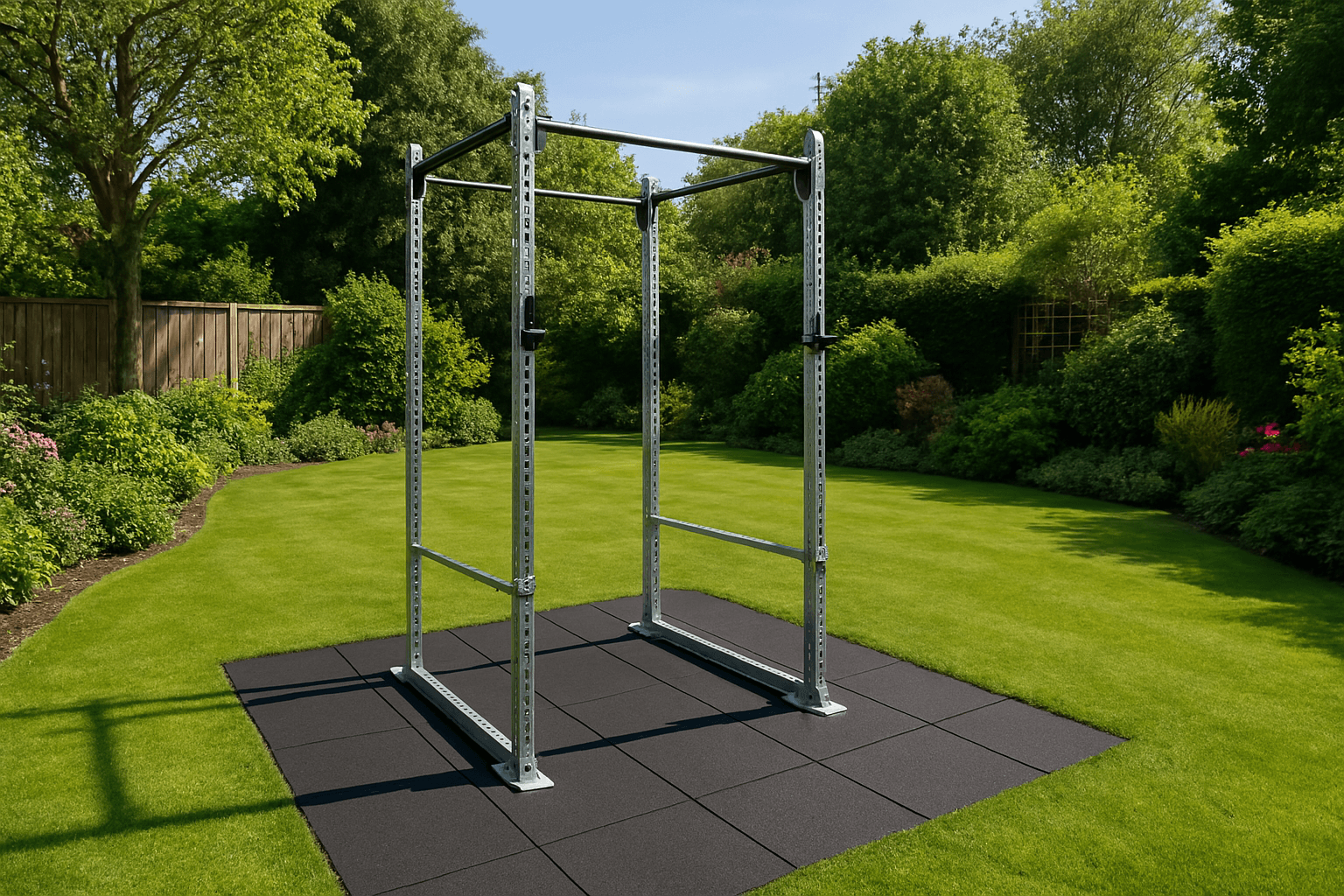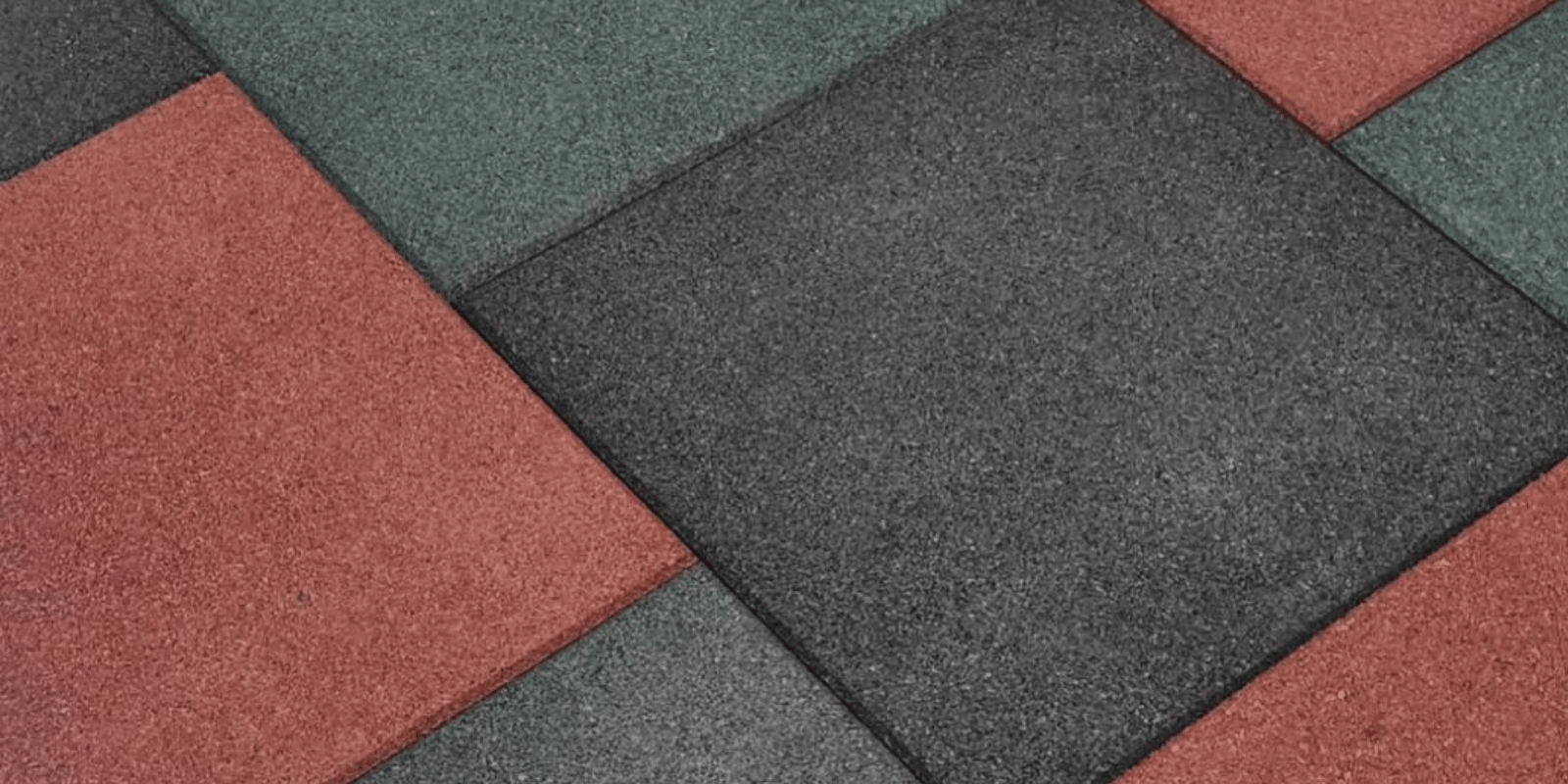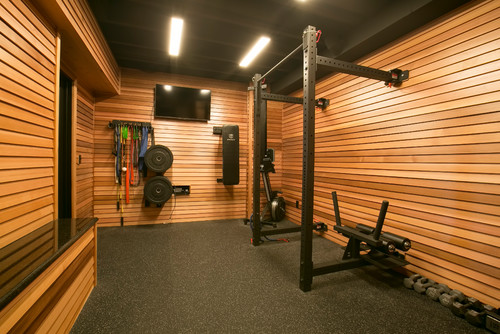
How to Build an Outdoor Home Gym
Share
Table of Contents
- Why Build an Outdoor Home Gym?
- Planning Your Setup
- Choosing a Location
- Equip Your Gym Wisely
- Customising Your Garden Gym
- Weather-Proofing Your Setup
- Flooring That Works
- Creating a Functional Layout
- Installation and Maintenance
- Garden Gyms vs. Traditional Home Gyms
- Final Touches & Safety
- Wrapping It All Up
“The best investment you can make is in yourself.” – Warren Buffett
Let’s be honest: the gym can be frustrating. Peak-time crowds, overpriced memberships, waiting for equipment, and that weird sweat patch someone left on the bench… not ideal. That’s why so many people are turning to a better, more personal solution: the Outdoor home gym.
Whether you’re transforming your garden into a fully open-air workout zone or planning a more permanent setup in a shed or garden buildings, this guide will walk you through everything you need to know to get it right — the first time. Outdoor exercise equipment can cater to various fitness needs and preferences, making it a versatile and social addition to your home gym.
Why Build an Outdoor Home Gym?
Freedom. Privacy. Fully customisable. And no more queueing for the squat racks.
A well-built Outdoor home gym gives you 24/7 access to your own fitness space — one that fits you, your goals, and your schedule. And the best part? You can make it work with almost any budget.
A garden gym building offers additional benefits by providing a dedicated fitness space at home, saving on gym membership expenses and travel time, making fitness more accessible and efficient.
There are two main ways to do it:
- Fully open-air (minimal structure, exposed to the elements)
- Enclosed garden structure (shed, log cabin, or insulated garden room)
Benefits of a Garden Gym
A garden gym provides a convenient and private area for exercise, eliminating the need for lengthy commutes and costly membership fees. Imagine stepping out into your garden and having all the fitness equipment you need right at your fingertips. No more waiting for machines or dealing with crowded gym floor.
Exercising in a garden gym allows you to connect with nature, enjoy fresh air and vitamin D, and boost your mood and overall well-being. The serene environment can make your workouts more enjoyable and less stressful, helping you stay motivated and consistent with your fitness routine.
Moreover, a garden gym can increase the value of your property. It’s a versatile space that can be converted into other uses, such as an office or games room, adding to the overall appeal of your home. Garden gyms offer a range of benefits, including cost savings, increased motivation, and stress reduction.
Finally, a garden gym can be customised to meet your specific fitness goals and preferences. Whether you’re into weightlifting, yoga, or cardio, you can create a personalised workout environment that inspires and motivates you to achieve your fitness goals.
Planning Your Setup
Option 1 – Fully Outdoor, Open-Air Gym
If you're the type who loves fresh air, minimal fuss, and training under the sky, this is your vibe. Think of it like a fitness patio.
Here’s what you’ll need:
- A flat, level surface (decking, concrete slab, or compacted ground)
- Weather-resistant outdoor gym equipment
- Durable, slip-resistant outdoor gym mats with drainage
- A storage solution (a weatherproof box or mini shed nearby is ideal)
- Optional: canopy or shade sail for sun and light rain protection
The key is simplicity and weather-readiness. This setup gives you total flexibility and low costs — just keep in mind you'll want to store your gear safely during bad weather or overnight.
Option 2 – Garden Gym in a Structure
Want to train year-round with a bit more comfort and weather protection? A garden gym room built into a structure like a shed, summerhouse, or insulated cabin might be your best move.
You’ll need:
- A solid structure (ideally 4x4m for weight training, 3x3m for lighter gear)
- Flooring: concrete base or heavy-duty wooden floor reinforced with outdoor gym mats
- Power: for lighting, heating, music, or screens
- Insulation and ventilation (especially important in the UK)
- Secure storage and locking mechanisms
This option gives you more control over temperature, sound, and lighting — and a space that feels like a true private gym.
Choosing a Location
For Open-Air Gyms:
- Choose a well-drained, level surface
- Avoid low-lying areas that puddle
- Think about sun exposure — you might want shade during hot months
- Place near the house for easy access to power, water, and Wi-Fi
For Enclosed Garden Gyms:
- Make sure there’s room for your garden rooms to breathe (no tight corners)
- Plan for a power line or solar panel installation if needed
- Consider proximity to neighbours if you plan on lifting heavy or playing loud music
Equip Your Gym Wisely
Don’t overdo it. Start small and scale up. Whether open-air or inside a shed, space and functionality should lead your decisions. Consider incorporating outdoor exercise equipment designed by professionals to enhance fitness and encourage social interactions.
Here’s a solid base kit for most setups:
- Outdoor Squat Rack or power cage
- Adjustable bench
- Barbell + plates
- Dumbbells or kettlebells
- Resistance bands
- Treadmill or rower (preferably foldable for enclosed setups)
- Mat or Sled Track for bodyweight training
Storage tip: Use wall hooks, repurposed bookcases, or metal lockers to save floor space and stay organised. Especially important in smaller structures.
Customising Your Garden Gym
When customising your garden gym, consider the size and design that will harmonise with your garden’s aesthetics. A well-integrated garden gym not only serves your fitness needs but also enhances the overall look of your outdoor space.
Think about the storage capabilities of the shed to accommodate your workout equipment. Efficient storage solutions, like wall hooks and shelves, can help keep your space organised and clutter-free. Choose a garden gym that meets your fitness needs and complements your outdoor space, ensuring it’s both functional and visually appealing.
Consider the durability and quality of the shed to ensure it withstands the elements. Opt for materials that are weather-resistant and require minimal maintenance. Select a shed that is easy to assemble and maintain, so you can focus more on your workouts and less on upkeep.
Weather-Proofing Your Setup
Open-Air Gyms
You’ll need to go the extra mile to protect your equipment:
- Choose powder-coated, anti-rust galvanised metal for racks and benches
- Use fitted covers for cardio gear when not in use
- Store smaller weights and accessories in a waterproof chest
- Consider portable canopies or pergolas to shield against rain

Garden Structures
- Insulate walls and roof for year-round use
- Add double-glazed windows for noise control and energy efficiency
- Install air vents or fans for airflow
- Add lighting and possibly a small heater for winter months
Flooring That Works
The right base will make or break your Outdoor home gym — literally. When installing outdoor fitness equipment, it's crucial to choose the appropriate flooring to ensure safety and durability.
- For open-air setups: install thick outdoor gym mats with drainage to protect the surface and your joints
- For enclosed sheds: concrete slabs are ideal; wooden floors need reinforcement and protective rubber tiles
- Always secure heavy gear to prevent tipping or shifting

If you’re using free weights, be ready to drop them occasionally. Your floor needs to absorb that impact safely.
Creating a Functional Garden Gym Layout
When creating a functional garden gym layout, consider the equipment you need to include, such as a weight bench or storage for resistance bands and pilates balls. Think about the flow of the space and how you can create a logical and efficient workout area.
Consider the lighting and ventilation in the space to ensure it is comfortable and safe to use. Natural light can make the space feel more inviting, while proper ventilation is crucial for maintaining air quality. Incorporate mirrors and other decorative elements to create a motivating and inspiring environment.
Make sure to leave enough space for movement and exercise. A well-planned layout will allow you to move freely and perform a variety of exercises without feeling cramped. This will make your garden gym a more enjoyable and effective space for your fitness routine.
Installation and Maintenance
When installing a garden gym, consider hiring a professional to ensure a secure and safe installation. A well-built structure will provide a stable and reliable space for your workouts. Make sure to follow the manufacturer’s instructions for assembly and maintenance to avoid any issues down the line.
Regularly inspect the garden gym for any damage or wear and tear. Perform routine maintenance tasks, such as cleaning and lubricating moving parts, to keep everything in good working order. Consider adding a protective coating or sealant to the exterior of the garden gym to protect it from the elements and extend its lifespan.
Garden Gyms vs. Traditional Home Gyms
Garden gyms offer a unique and refreshing alternative to traditional home gyms. They provide a connection with nature and a sense of freedom and flexibility that indoor gyms can’t match. Imagine working out surrounded by greenery and fresh air — it’s a whole different experience.
Garden gyms can be customised to meet your specific fitness goals and preferences. Whether you’re into strength training, cardio, or yoga, you can create a space that’s tailored to your needs. They offer a range of benefits, including cost savings, increased motivation, and stress reduction.
Unlike traditional home gyms, garden gyms can be used year-round, regardless of the weather. With the right setup, you can enjoy your workouts in any season. Plus, they provide a convenient and private space for exercise, free from the distractions and interruptions of a busy household.
In summary, garden gyms combine the best of both worlds: the convenience and privacy of a home gym with the refreshing and motivating environment of the outdoors.
Final Touches & Safety
Make it yours — mirrors, a timer clock, speakers, a fan, even a mini fridge if you have the perfect space. Personalising your gym makes it more inviting and keeps motivation high. Outdoor fitness equipment can also be a great addition, promoting strength training, cardiovascular health, and social interaction while providing a free and convenient alternative to traditional gyms.
- Lock it up securely
- Keep cables out of the way
- Ventilate after every session
- Clean mats regularly to avoid dirt buildup
Wrapping It All Up
A well-built Outdoor home gym — whether it’s open to the elements or housed inside a garden structure — is an investment in your health, time, and home.
Many garden gyms do not require planning permission if they adhere to specific conditions, such as height limitations and area size, making the installation process quick and straightforward.
By choosing the right space, using weather-resistant materials, and setting it up with care, you’ll create a training environment that works for you — not just now, but for years to come.
You don’t need a fancy commercial gym. You just need space, a plan, and a bit of vision.
Now… go build it! 💪

